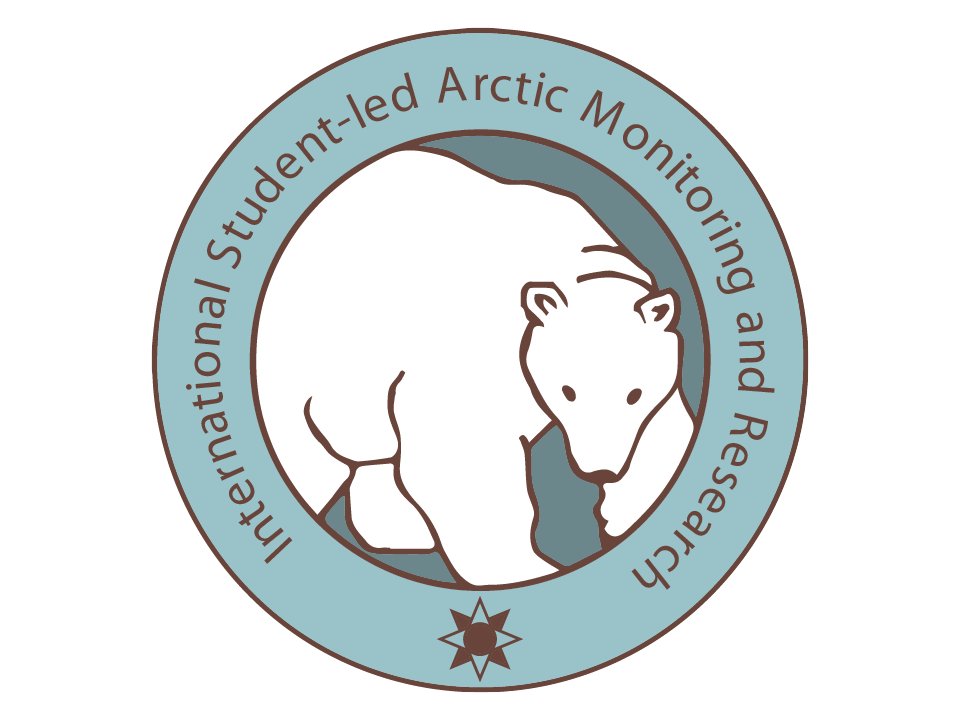Is the active layer thickness (ALT) increasing or decreasing over time?
Can we come up with a mathematical formula that predicts the ALT in a given habitat based on variables such as soil moisture, bacteria, plant cover, temperature, and precipitation?
Is the caribou population of the Cape Churchill herd increasing, decreasing, or staying unchanged over time?
How does bacteria differ across tundra habitats?
How do the seasons and health of the marine environment affect the biodiversity of bio-disks?
Can AI/machine learning help optimize the accuracy and efficiency of identifying: tundra plants, caribou sex, and marine organisms?
2023 Summer Trip Blog
2022 Summer Trip Blog
2019 ArcticNet Conference
2019 Summer Arctic Trip
2018 Fall Arctic Trip
2018 Summer Arctic Trip
2017 Summer Arctic Trip
2016 ArcticNet Conference
2016 Summer Arctic Trip
2015 ArcticNet Conference
2015 Fall Arctic Trip
2015 Summer Arctic Trip
2014 ArcticNet Conference
2014 Fall Arctic Trip
2014 Summer Arctic Trip
2014 Winnipeg Conference
2013 Fall Arctic Trip
2013 Summer Arctic Trip
2012 ArcticNet Conference
2012 International Polar Year Conference
2012 Summer Arctic Trip
2011 Summer Arctic Trip
2010 Summer Arctic Trip
Blog Archives
